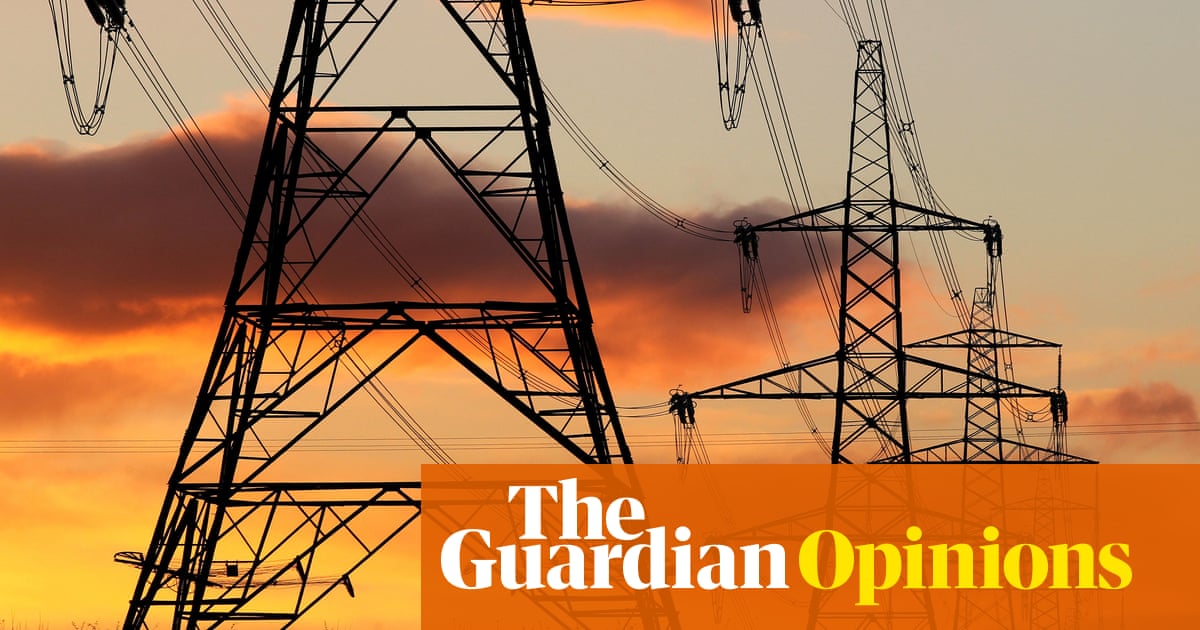There are two big tensions in how, and how quickly, the UK gets to net zero. One was the main focus of Rishi Sunak’s speech last week in which the phasing out of sales of new petrol and diesel vehicles was delayed and gas boilers got a semi-reprieve. But the other aspect, only briefly referenced, deserves more attention: it is the reform of planning rules to allow the UK to build new electricity infrastructure, including hated pylons, at twice the pace we usually manage.
For a prime minister who says “consent” is “the only realistic path to net zero”, there is potential for more trouble. Net zero involves doubling the UK’s use of electricity, which plainly requires more kit, but not everybody wants to live near a new high-voltage transmission line suspended on 50-metre stilts. It is hard to see how the government’s target of decarbonising the power network by 2035 (a target that survived last week’s bonfire of deadlines) can be met without upsetting a few local interests.
The relevant passage in the speech came after the one about how we will be saved from the menace of seven recycling bins, so may have been lost in the laughter. Here’s what Sunak said: “The chancellor and energy security secretary will shortly bring forward comprehensive new reforms to energy infrastructure. We’ll set out the UK’s first ever spatial plan for that infrastructure to give industry certainty and every community a say.”
…
Then consider the scale of what is being planned nationally. “In Great Britain, around four times as much new transmission network will be needed in the next seven years as was built since 1990,” said Nick Winser, the new electricity commissioner in his report to government last month.
It has to happen so quickly for several reasons. First, there’s already a queue of projects waiting to be connected to the grid – enough to generate more than half of our future electricity needs, Sunak said. Second, the planning nightmare is having to pay renewable generators to stand idle because the system can’t handle their output; such “annual constraint costs” could rise from £500m-£1bn in 2022 to £2bn-£4bn a year by about 2030, warned Winser. Third, the 2035 deadline looms, which is why Winser was tasked with finding a way to deliver major power projects in seven years rather than the usual 14.



Indeed. All the initiatives to generate and consume renewables local are only going to be useful for consumers near such sources and big businesses are going to need way more. Plus we’ll likely be greatly expanding offshore sites like Dogger Bank and start rolling out floating wind turbines in deep water, so that’s going to have to be brought inland. As an island we have great resources for wind (and tide) energy but it will largely be around the edges. That said, lowering local bills could see a lot of objections to onshore wind and solar farms quietly melt away.
With that Oxford report (the post before or after this) it definitely looks like it. All we really need is a government prepared to go all in on a comprehensive plan. So not this one, hopefully the next…
I kinda guessed as much.